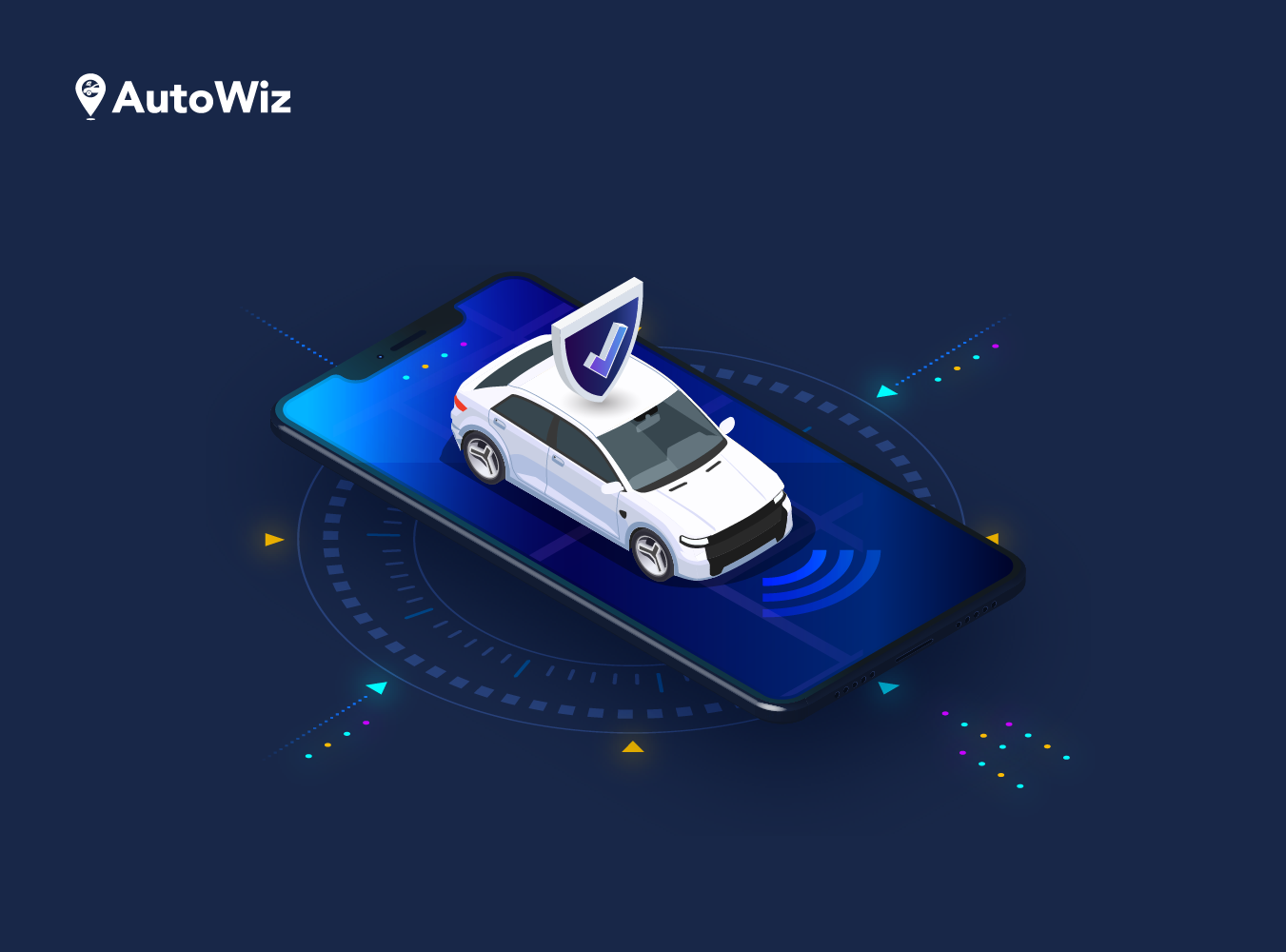Usage-based Insurance (or Insurance Telematics) refers to the Connected Car (Telematics) technology used by Auto Insurers to provide accurate prices or services to their customers. Earlier, we spoke about how COVID-19 has increased the adoption of usage-based insurance. As people drive less, they would like to pay insurance based on how much they drive. Similar competitive factors show strong growth forecasts for UBI policies in established markets in North America, Europe. With evolving regulations and demand, Insurers are also introducing UBI in several emerging markets in the world.
The transcript of the recent annual meeting of Berkshire Hathaway shareholders reflects the growing importance of Telematics in Auto Insurance. Read the comments on how Geico “missed the bus” on Telematics and lost market share to Progressive Insurance.
Smartphone-based Telematics as the technology option for Usage-Based Insurance is a growing trend. Conventional UBI programs have relied on wired GPS or OBD dongle-based solutions to gather data from vehicles. They are still in use due to their reliability in capturing data from the insured vehicle without the driver’s intervention. But these come at the cost of adoption and logistical friction that has prevented mass adoption.
App-based Telematics measures driving behaviour using the driver's smartphone sensor and GPS data. With no device, the solution becomes scalable, affordable and frictionless.
Sensor analytics and AI/ML technological advancements have addressed the data reliability disadvantages of Smartphone based telematics. The orientation of the phone in the vehicle doesn't affect the driving behaviour score. The user's own driving trips and those undertaken as a passenger in another vehicle are distinguished. Smartphone-based telematics also measures Distracted Driving (use of phone while driving), a growing risk parameter and cause of collision risk on the road.
In addition to matching risk to premium, Smartphone telematics also plays an increased role in claims management with automatic crash detection, emergency response and First Notice of Loss. It prevents fraud and enables faster claims processing with intelligent crash reconstruction reports.
Leading Insurers view Telematics Insurance as a key component to managing their relationship with the tech-savvy generation of young drivers. In-App personalized driving insights, gamification and micro-rewards based on safe driving increase engagement and brand loyalty. With Smartphone Telematics embedded inside Insurer’s Loyalty App, Insurance is not something the customer buys and forgets but becomes a constant companion.
Increased adoption of shared mobility (both 2-wheeler and 4-wheeler) and micro-mobility (e-bikes) in cities also makes Smartphone telematics an attractive option for seamless measurement of driving (or riding) behaviour across vehicle modes and provide personalized guidance to users on safety.
On the commercial auto insurance side, the growing gig economy is creating a whole new category of part-time drivers involved in ride-hailing, food delivery or last-mile logistics operations. It is common for such drivers to be on contract and pose a challenge to Insurers on how to price their driving risk. An emerging model of on-demand or embedded commercial auto insurance, wherein the driver opts for additional micro-insurance while on the gig-job is also well suited for Smartphone telematics.
About AutoWiz Telematics Insurance Solution:
AutoWiz offers Insurance Telematics solutions to Auto Insurers with multiple technology options as per the goals of their UBI program, including OBD and pure Smartphone-based solutions for Pay-as-you-drive or Pay-how-you-drive models. Our AutoBeacon solution is an advanced Smartphone-based UBI and crash detection solution. It features our accurate driving behaviour monitoring engine (also available as an SDK that can be embedded inside your App) and is affordable for mass-market deployments.

